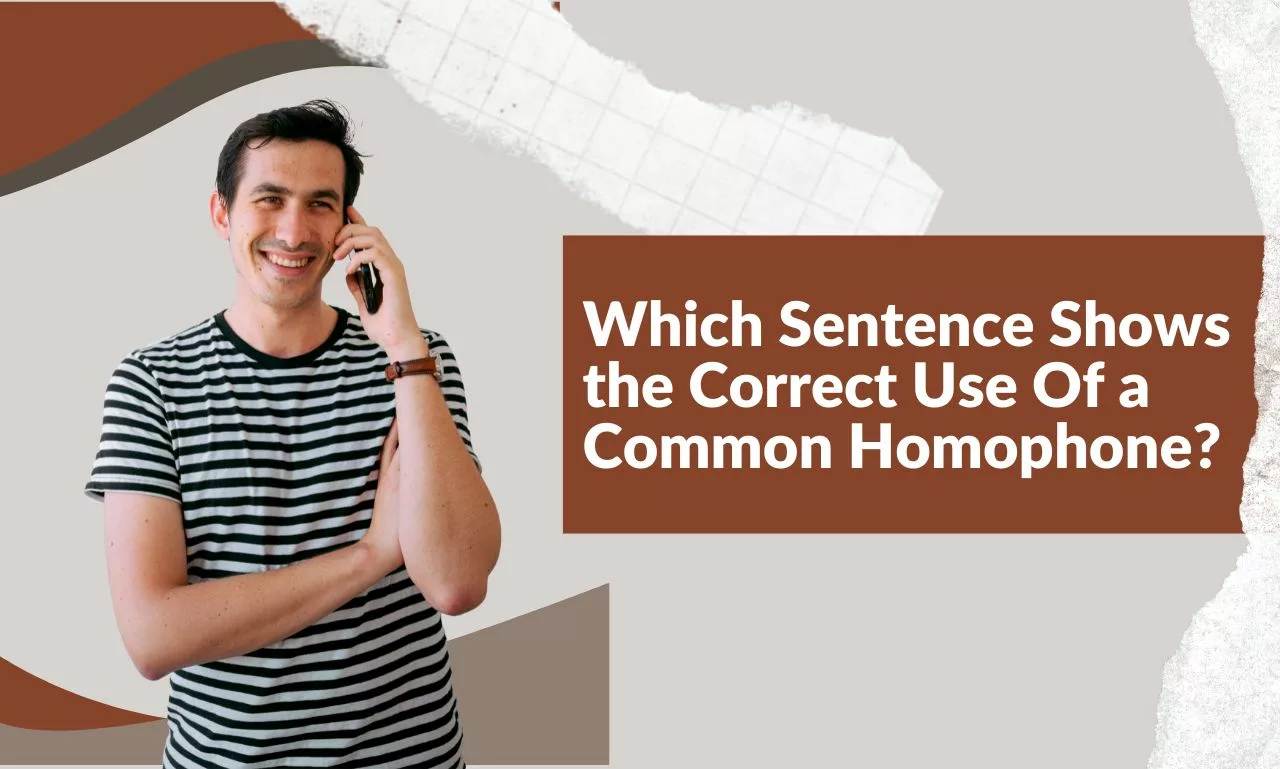The English language is notorious for its numerous homophones, words that sound alike but have different meanings and spellings. These linguistic twins often become a source of confusion for even the most proficient writers and speakers. In this article, we will explore the correct usage of a common homophone and shed light on how to avoid pitfalls in writing. So, let’s dive into the world of homophones and discover a sentence that demonstrates their proper use.
Table of Contents
Homophones: A Conundrum of Sound-Alike Words
Homophones are a fascinating aspect of language that can perplex even the most experienced writers. With similar pronunciation but distinct meanings, these words can create confusion and lead to unintentional errors. One of the most frequently encountered homophone pairs is “their” and “there.” Let’s explore the difference between these two words and find a sentence that showcases their correct usage.
“Their” vs. “There”: Understanding the Difference
“Their” and “there” are homophones that often cause writers to stumble due to their phonetic resemblance. However, they have different meanings and must be used in specific contexts. Grasping the difference between these two is essential for ensuring effective communication.
Correct Usage of “Their”:
The word “their” is a possessive pronoun indicating ownership. It is used to show that something belongs to a group of people or individuals. Consider the following example:
“Their outstanding achievements filled the students with a sense of pride.”
In this sentence, “their” indicates that the achievements belong to the group of students. It highlights possession, demonstrating that the students collectively share a sense of pride in their accomplishments.
Correct Usage of “There”:
The word “there” is an adverb that indicates a place, location, or existence. It is used to refer to a specific position or point. Let’s examine the following sentence:
“Across the street, you will find the bookstore situated right there.”
Here, “there” points to a particular location, indicating the position of the bookstore across the street. It helps the listener or reader visualize the specific place being referred to.
Choosing the Right Homophone: A Sentence that Demonstrates Correct Usage
Now that we have explored the correct usage of “their” and “there,” let’s combine them in a sentence that showcases their proper implementation:
“The students departed, leaving their books on the table, and the teacher subsequently placed them there, on the bookshelf.”
In this sentence, “their” indicates possession, as the books belong to the students. On the other hand, “there” points to the location on the bookshelf where the teacher placed the books. This example effectively demonstrates the correct use of both homophones in different contexts.
Conclusion
Homophones pose a challenge for writers and speakers alike, but with a solid understanding of their distinctions, we can navigate the English language more confidently. By correctly using words like “their” and “there” in context, we can avoid confusion and communicate our ideas clearly. So, next time you encounter a homophone, remember to consider its meaning and purpose to select the right word for your intended message.
